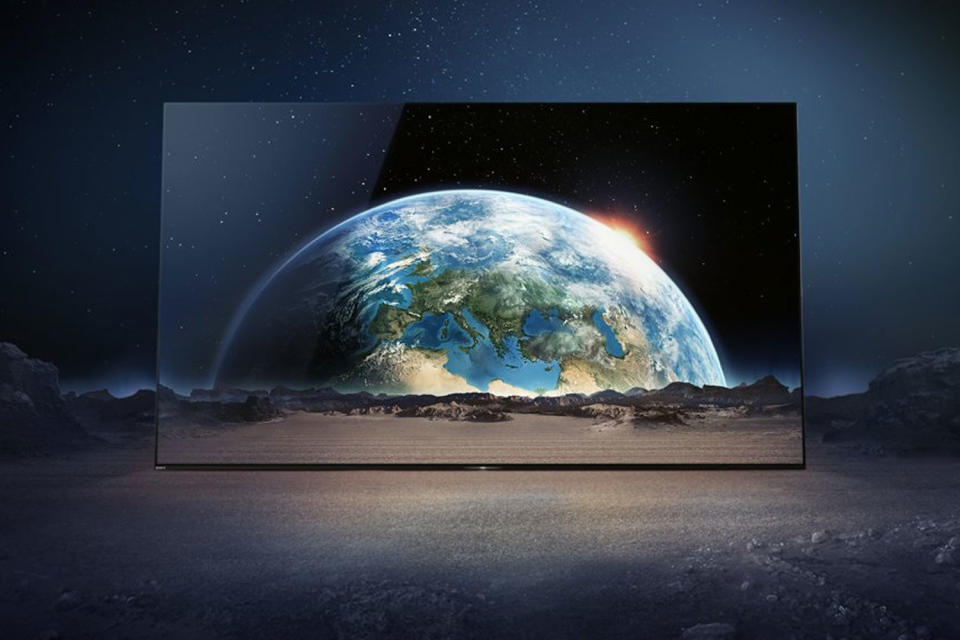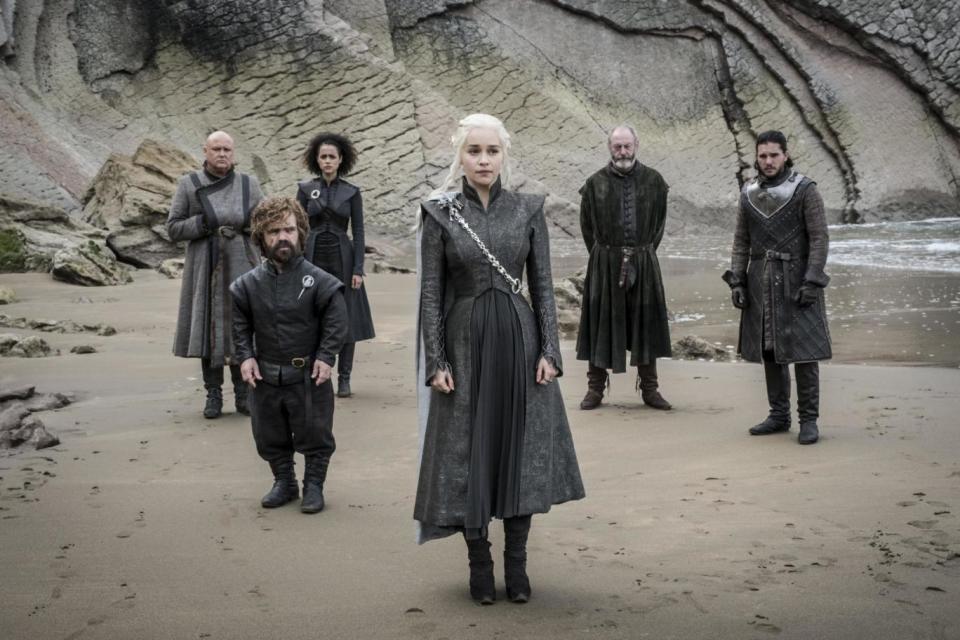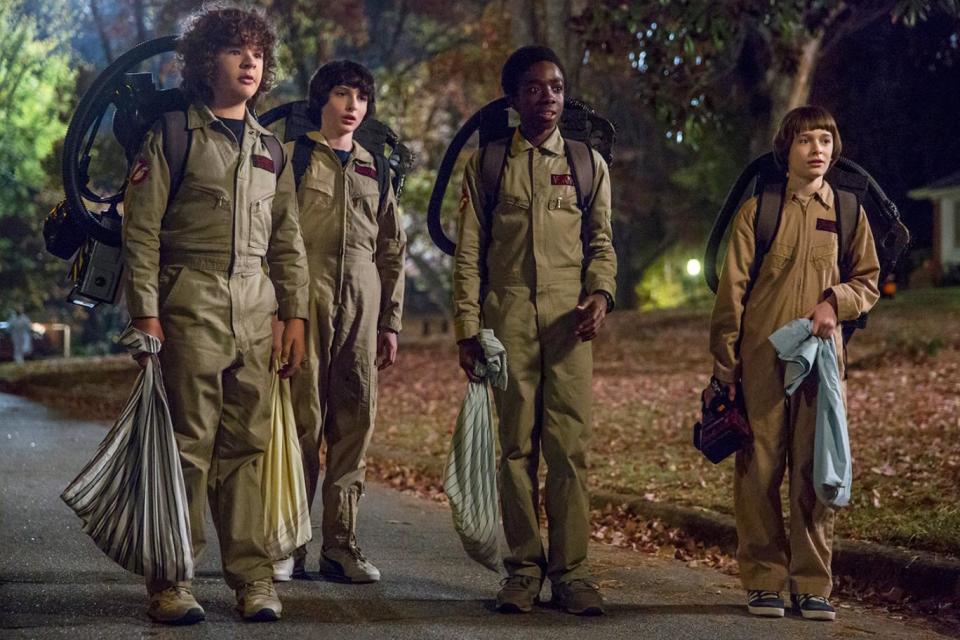Why 4K and HDR is essential to your next TV

It’s around 10 years since the world went HD. TV tech took a leap, and the difference was immediately noticeable: next to standard definition, HD screens looked amazing, especially in David Attenborough documentaries Planet Earth and Blue Planet.
A decade on, the next leap is here and it’s called 4K HDR. Following on from some televisual mis-steps in recent years, it looks like 4K will be here to stay.
Here’s what you need to know if you’re due an upgrade.
Where TVs went wrong
After HD, the industry failed to come up with a compelling next innovation. 3D TV quickly lost its lustre, despite the popularity of Avatar on the big screen. It’s one thing to don a pair of extra specs in a cinema for a few hours, but people were reluctant to do the same in their own homes. 3D-supported content failed to take off, and you’d struggle to pick up a 3D TV today. Curved-screen TVs weren't much better – offering marginally better viewing angles, but no dramatic reason to invest in a new box.
If you’ve been burned by the letdown of 3D and curved-screen TVs, you’d be forgiven for any scepticism about 4K – but there’s a reason the format is the new standard.

What is 4K?
Also known as Ultra HD, 4K relates to screen resolution – in layman’s terms, it’s four times more HD than 1080p HD.
While top of the range HD delivers a resolution of 1920 x 1080 pixels, 4K offers 3840 x 2150 pixels – that's four times as much detail in images on the screen. For viewers, that means pin-sharp quality when you watch 4K content, which can now be found in a variety of ways. More on that later.
What is HDR?
4K isn’t the only thing to look out for with your next telly – just as important is HDR, which stands for High Dynamic Range and refers to the range of colours your TV displays. HDR offers a much higher ‘colour gamut’, meaning images are way more vibrant because your TV can show you more hues, brighter shades, and deeper darks than before.

In short, it’s not just about how many pixels you have – it’s making sure those pixels really pop and offer amazing visuals. After getting used to a HDR TV, you might notice that other screens look slightly washed out in comparison.
How 4K is changing our TVs
The arrival of 4K isn’t just changing screen quality, it’s affecting the way the whole TV market is going. With the arrival of HD, the general standard screen size became 42” – bigger than the classic box TVs of old, but still a reasonable size for the living room.
Now that 4K is here, the trend is set to move towards even bigger TVs. You can get 4K TVs with screens starting from around 40”, but the difference between HD and 4K becomes even more apparent around the 55” mark. In HD, the picture on a 55” TV starts to look pixelated, but in 4K it stays sharp. Make no mistake, 55” TVs are big – but expect them to be the new living room standard in years to come, with gigantic 65” screens occupying the luxury end of the market.
It makes sense – we spend more time than ever before watching TV and films at home thanks to on-demand streaming, and TV is becoming more cinematic with each passing year. The grandiose scope of Game of Thrones and Netflix’s big-budget originals, like Stranger Things and The Crown, mean we want bigger and better viewing experiences at home.

What you can watch and do in 4K HDR
If you’re sold on 4K HDR, there’s already loads of content to shine on that screen.
Netflix and Amazon offer a lot of their video in 4K, and you can stream them on the likes of Amazon’s latest Fire TV 4K, and Apple’s new 4K TV box. To get Netflix in 4K, you’ll have to be on the highest price bracket of the service, but all of their major original shows look dazzling. Amazon Prime Video has a limited catalogue of 4K content, which can be found by searching ‘4K’ on the service.

If you prefer physical media, or if your broadband struggles with the hefty demands of 4K streaming, Ultra HD Blu-Ray is a new 4K disc format. It's pretty pricey – around £20 - £25 for a newly-released film – and the discs won’t work on standard Blu-Ray players, so you’ll need to invest in a UHD Blu-Ray player. If you’re also a keen gamer, the Xbox One S and Xbox One X have a built-in UHD Blu-Ray drive, and the One S costs around the same price as a UHD BR player.
Speaking of gaming, 4K HDR is the next big thing in that industry too. PlayStation 4 Pro offers upscaled HDR graphics on PS4 games to reach 4K resolution, while the newly-released Xbox One X (‘The World’s Most Powerful Console’) offers True 4K and HDR with its impressive hardware. The cheaper Xbox One S can play 4K Blu-Ray, and HDR in games (though no 4K graphics).
What to look out for
4K TVs are crashing down in price, especially in major sales like Black Friday, so it’s a good time to invest. Just remember, not all 4K TVs are HDR, and not all HDR TVs are 4K. If you’re looking to bag a true bargain in the near future, remember to look out for both of those technologies – it should mean you won't want to invest in another TV for several years.

 Yahoo News
Yahoo News 